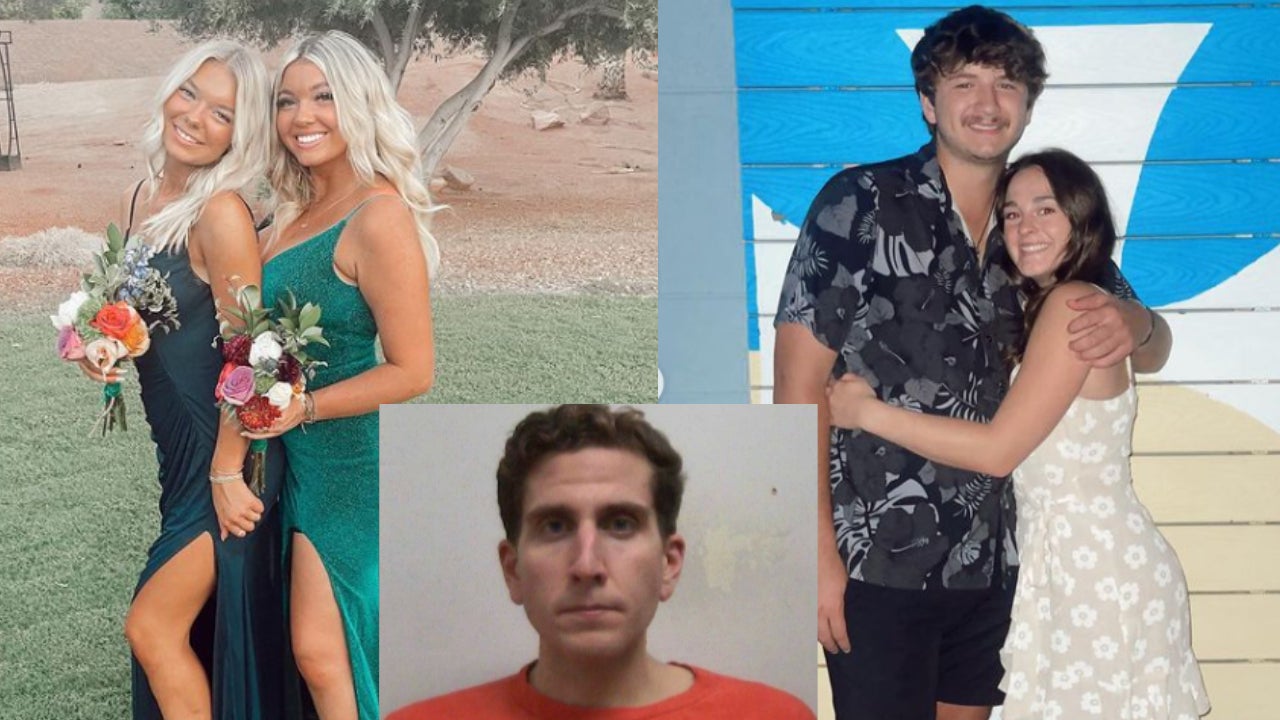RSBM
the warrant requests:
- all information in your possession or control related to sales, deliveries, purchases, and/or transactions made to 1122 King Road, Moscow, Idaho 83 843 for flre period of January 1, 2022 to present, to include:date and time of sales;
- date and time ofdeliveries;
- purchases and/or transactions;
- name and identification of the drivers;
- a full description of the vehicles used;
- any and all communications between drivers and the purchasers;
Those are big asks that require probable cause because
“no intrusion at all is justified without a careful prior determination of necessity".
If you skip to this
III. PROBABLE CAUSE AND PARTICULARITY AT STEP TWO
Introduction: If You Build It, They Will Come For months, Zachary McCoy tracked the distance of his bike rides around his neighborhood in Gainesville,...

harvardlawreview.org
you'll find nicely written descriptions that explain: defining what is searched, probable cause, and particularity.
Although it's Harvard Law Review, it's not stuffy, but is written in language for humans imo jmo
But imo jmo ime what we know from the 4th amendment of the constitution and a ton o'case law supporting it:
LE cannot get a warrant to demontrate what is 'normal', nor can they request personal communications between drivers and victims to show what is 'normal'.
This outlines in very clear layman's terms what is required for a warrant and there are links to each term for more detailed explanation:

www.law.cornell.edu
The type of warrant requested by LE is not a geofence-type warrant (those are problematic for the reasons cited in the law review link). LE had to have probable cause to get this DD warrant.
Probable cause requires specificity to time and location, and relation to crime. Relation to crime does not mean some general thing like being sure or ruling out or setting the normal bar.
The 4th amendment of the US Constitution requires that warrants be issued only
“upon probable cause, supported by Oath or affirmation, and particularly describing the place to be searched, and the persons or things to be seized.”49×49. U.S. CONST. amend. IV.
When LE signs the warrant, they are attesting that they believe probable cause exists AND that it exists for the reasons stated in the affidavit. (you can google the penalties for the affiant for lying or misrepresenting).
imo jmo ime and fact
This warrant -- as are almost all of these -- is supported by an affidavit that is sealed and, therefore, not on this list.
Before a warrant can be issued, a judge must determine that a warrant application has sufficiently established probable cause. LE would need to prove that those records related to this crime.
The affidavit contains the evidence related to PC. We do not know what was in the affidavit,
but we do know that it contains more than a request for a warrant based on determining what was normal because normal isn't pc. imo jmo ime
This language is from this warrant:
Therefore, the court finds it necessary to seal in part and redact the record related to the search warrant because the documents contain highly intimate facts or statements, the publication of which would be highly objectionable to a reasonable person. I.C.A.R. 32(i)(2)(A). After due consideration and with good cause appearing,
IT IS HEREBY ORDERED that the record herein shall be disclosed except for the following:
1.
The Afiidavit in Support of Search Warrant and the Amended Aflidavit in Support of Search Warrant be SEALED.
The Search Warrant, Amended Search Warrant and Receipt and Inventory be REDACTED.
this really does lay it out well for those who want an understanding:
Introduction: If You Build It, They Will Come For months, Zachary McCoy tracked the distance of his bike rides around his neighborhood in Gainesville,...

harvardlawreview.org
edited to delete extra bullet point and add 4 words





